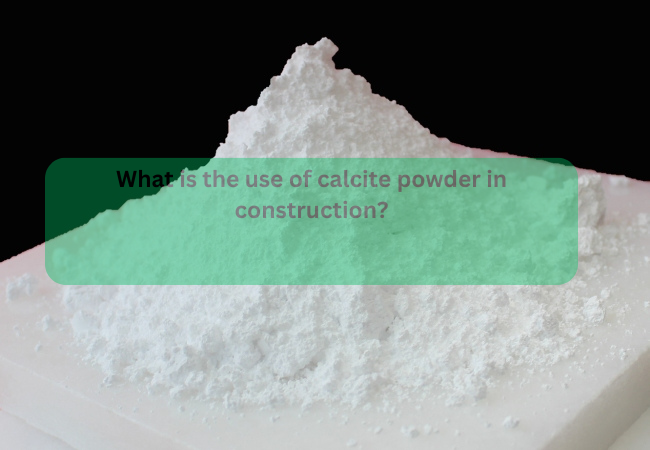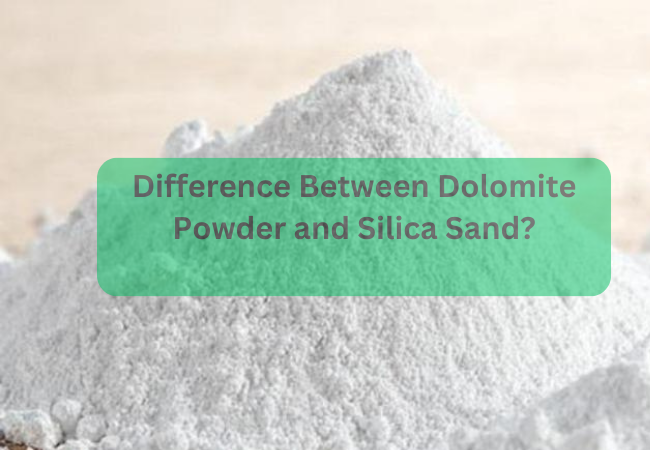- ISO 9001:2015 Certified Company
- +91-9672985402
- info@vasundharamicron.com
What is the Role of Talc Powder in Filler Masterbatch?

What Factors Influence the Quality of Calcite Powder?
May 13, 2024
Reasons Why Talc Powder is Essential in Cosmetics
July 1, 2024Vasundhara Micron deals in offering superior quality talc powder for filler masterbatch use. As a leading producer of talc, we deliver superior quality talc to industries to improve the quality of their products, minimize costs and increase ease of processing. We offer the best polymer-based manufacturing solutions for a range of applications.
Role of Talc Powder in Filler Masterbatch>
Reinforcement:>
Talc powder is an effective reinforcing agent which improves the mechanical properties of the polymer. Talc particles when added to the polymer matrix help to reduce the stress by a longer distance thereby improving the stiffness and tensile strength of the material. This reinforcement makes the final product stronger and more resistant to use and mechanical stress and strain. This is particularly useful in areas that demand a lot of strength and durability, including automobile components, domestic utensils, and construction materials.
Improved Processability:>
Talc powder is added to enhance the processability of the polymer composite. Talc improves the rheological properties of the polymer melt and helps in the better filling of the mould and easier processing in manufacturing processes like injection moulding and extrusion. Enhanced flow properties lead to shorter cycle times since the polymer cools and solidifies faster. This results in improved production and efficiency in the manufacturing process thus increasing the production rate and decreasing the time taken in the production process.
Heat Resistance:>
Talc powder improves the thermal stability of the polymer, thus reducing the tendency for deformation and degradation at high temperatures. This enhanced thermal stability is important in applications that are subjected to high temperatures including automotive parts and electrical enclosures. Talc increases the Heat Deflection Temperature (HDT) of the polymer, which means that the polymer can withstand heat without deforming or losing its properties. This makes the material ideal for use in high-temperature applications where other polymers may degrade.
Reduction of Shrinkage:>
Another advantage of incorporating talc powder into the polymer is that it helps in reducing the shrinkage during the cooling process. Talc also aids in improving the dimensional stability of the final product so that it does not distort its shape or size. This is especially true for applications that demand accurate measurements and close tolerances. Also, it reduces the chances of warping and deformation since there is less shrinkage hence giving better and more accurate end products.
Surface Properties:>
Talc powder enhances the surface finish of the polymer products and this is useful in terms of both appearance and performance. A polished surface is desirable in applications where aesthetics are important, for example, in consumer goods and packaging. Additionally, better surface finish allows for easier labelling, graphics, or other surface finishes to be applied to the final part. This is especially important in the packaging industry where it is essential to have excellent print quality.
Barrier Properties:>
The use of talc powder in the polymer matrix enhances the gas and moisture barrier properties of the material. These improved barrier properties are beneficial in packaging applications where protection against environmental elements is paramount. Talc enhances the barrier properties, which means that it contributes to the preservation of the packaged products and their quality. This means that talc-filled polymer composites are ideal for use in food packaging, medical packaging, and other areas that need strong barrier properties.
Impact Resistance:>
Talc when incorporated in the right amounts can improve the toughness of the polymer composite. This is advantageous in areas where the material is subjected to shock loads or impacts without fracturing or crumbling. Increased strength makes the final products more resistant to impacts and can withstand tough conditions, making them ideal for use in various applications.




